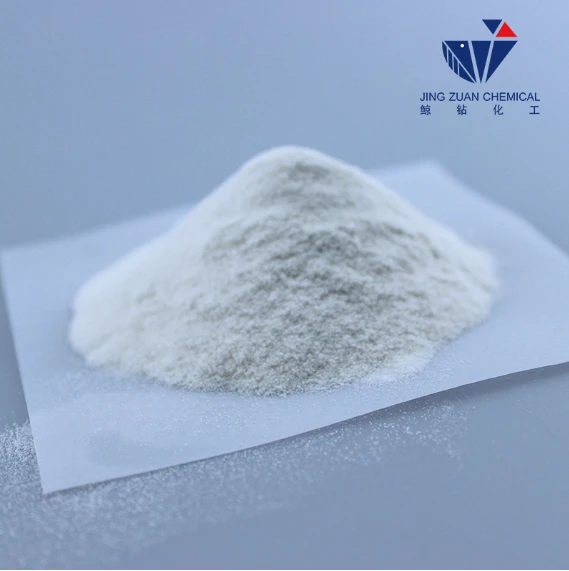
Oct . 04, 2024 19:10 Back to list
High Viscosity HPMC Applications and Properties for Enhanced Performance in Various Industries
High Viscosity HPMC A Versatile Polymer for Diverse Applications
Hydroxypropyl Methylcellulose (HPMC) is a cellulose-derived polymer that has gained significant attention in various industrial applications due to its unique properties. Among the various grades of HPMC, high viscosity HPMC stands out as a particularly valuable material, offering a combination of thickening, stabilizing, and film-forming properties. This article explores the characteristics, applications, and benefits of high viscosity HPMC.
Characteristics of High Viscosity HPMC
High viscosity HPMC is characterized by its ability to form highly viscous solutions even at low concentrations. This property is primarily due to the molecular structure of HPMC, where hydroxypropyl and methyl groups are attached to the cellulose backbone. The increased molecular weight of high viscosity HPMC leads to enhanced thickening capability, making it an ideal choice for applications requiring stability and consistency.
The solubility of high viscosity HPMC in water is also noteworthy. It is soluble in both hot and cold water, allowing for flexible formulation options. Once dissolved, it forms a gel-like consistency, which not only thickens the solution but also improves its stability and texture. The pH stability of HPMC is another significant advantage, as it remains functional across a wide pH range, making it suitable for various formulations.
Applications of High Viscosity HPMC
high viscosity hpmc

Due to its versatile properties, high viscosity HPMC finds applications in several industries. One of the primary fields is the pharmaceutical industry, where it serves as a critical excipient in drug formulation. Its thickening properties help in controlling the release rate of active pharmaceutical ingredients, ensuring effective dosing and improved bioavailability.
In the food industry, high viscosity HPMC is used as a food additive for its thickening and stabilizing capabilities. It can be found in products such as sauces, dressings, and dairy products, where it enhances texture and mouthfeel. Furthermore, HPMC is often utilized in gluten-free and low-calorie food formulations, serving as a fat replacer and improving product consistency.
The construction industry benefits greatly from high viscosity HPMC as well. It is commonly added to cement-based products, such as mortars and tile adhesives, to improve workability and adhesion. The polymer’s water retention properties ensure that the mixture remains workable for extended periods, allowing for better application and finishing.
Additionally, high viscosity HPMC is employed in the cosmetics and personal care sector. Its film-forming ability makes it an excellent choice for skin care products, providing a smooth texture and enhancing product performance. It is also used in gels, creams, and lotions to provide a pleasant sensory experience for consumers.
Conclusion
High viscosity HPMC is a multifunctional polymer that demonstrates immense potential across various industries. Its unique thickening, stabilizing, and film-forming properties make it an invaluable ingredient in pharmaceuticals, food products, construction materials, and cosmetics. As industries continue to innovate and seek high-quality, reliable ingredients, the demand for high viscosity HPMC is expected to grow, reinforcing its position as a crucial component in diverse applications. With ongoing research and development, the future of high viscosity HPMC appears bright, promising even more exciting applications on the horizon.
-
The Widespread Application of Redispersible Powder in Construction and Building Materials
NewsMay.16,2025
-
The Widespread Application of Hpmc in the Detergent Industry
NewsMay.16,2025
-
The Main Applications of Hydroxyethyl Cellulose in Paints and Coatings
NewsMay.16,2025
-
Mortar Bonding Agent: the Key to Enhancing the Adhesion Between New and Old Mortar Layers and Between Mortar and Different Substrates
NewsMay.16,2025
-
HPMC: Application as a thickener and excipient
NewsMay.16,2025
-
Hec Cellulose Cellulose: Multi functional dispersants and high-efficiency thickeners
NewsMay.16,2025







